Associated Press Writer
BOWIE, Md. — On the corner of Collington Road and Route 301, a bright blue poster screams the Democratic Party’s wishful thinking at passing cars: “We’ve got your back President Obama.”
The poster, not quite big enough to qualify as a billboard, reflects an unspoken bargain between Obama and black voters: He asks, they deliver.
Last week, Obama asked.
Polls indicate many minority voters are discouraged and won’t turn out Nov. 2 as they did for Obama two years ago, yet a solid showing among blacks could still swing several House, Senate and gubernatorial races, according to some analysts.
Ruy Teixeira, a political demographer for the Center for American Progress, said certain parts of the Democratic base, particularly young voters and minorities, typically “tune in” just before an election and Democrats could improve their chances if they galvanize those constituencies.
“It is not at all clear that the outcome is going to be as grim for the Democrats as at least some polls suggest today,” Teixeira said. “The Democrats could possibly get out of this election and still hold the House. I think it’s going to be very difficult but it is not as impossible as it might appear.”
Black voters are “strategically located” to impact as many as 20 House races, mostly in Southern states, explained David Bositis, a senior researcher at the Joint Center for Political and Economic Studies, who has analyzed the black electorate for more than two decades. They also could sway more than a dozen Senate and governor’s races, Bositis said.
“It’s not something where the Democrats and the candidates are going to be out there yelling, ‘We want the black vote’,” Bositis said. “They’re going to work through the black churches, the black media.”
Page Gardner, an analyst who tracks women and minority voter enthusiasm, said she has seen an uptick in interest among unmarried women, young women and minorities. If that trend continues, they could become a factor in several House races, Gardner said, pointing out that last midterm, 15 tightly contested House races were decided by roughly 2,000 votes.
“You’re talking about a small number of voters that change the tide,” Gardner said.
Bositis said this election could echo midterm elections in 1986, when significant black turnout helped Democrats gain House seats and take control of the Senate and, again in 1998, when Democrats picked up governorships in Alabama, South Carolina and Georgia.
Both of those elections followed events that resonated with black voters: Jesse Jackson’s historic presidential campaign in 1984 and the GOP effort in 1998 to impeach President Bill Clinton.
While many Democrats are distancing themselves from Obama, the party’s approach with black voters is to make the election about the president and his agenda.
University of Chicago political scientist Cathy J. Cohen said Democrats hope that by framing the election around the attacks on Obama and racial polarization arising out of the tea party movement, “black voters will mobilize in particular districts so they can tip the balance.”
To that end, the Democratic National Committee is spending $3 million on ad buys in African-American media, far more than it spent on such buys in previous midterm elections.
The president himself stopped by a White House briefing earlier this week for black bloggers and journalists from black-oriented media.
Later this week, he was scheduled to meet at the White House with the Trotter Group, a group of black newspaper columnists.
Obama also spoke at an Oct. 7 rally for Democratic Gov. Martin O’Malley that drew 7,000 people to historically black Bowie State University. The school, about 20 miles east of Washington, is located in Prince George’s County, Md., which, according to census data, is the nation’s wealthiest majority black county: 65.6 percent black with a median annual household income of $71,696.
The 20 House races where black turnout could determine the winner, according to Bositis’ analysis, are in 14 states: Alabama, Arkansas, Delaware, Florida, Georgia, Louisiana, Maryland, Mississippi, North Carolina, Ohio, South Carolina, Tennessee, Texas and Virginia.

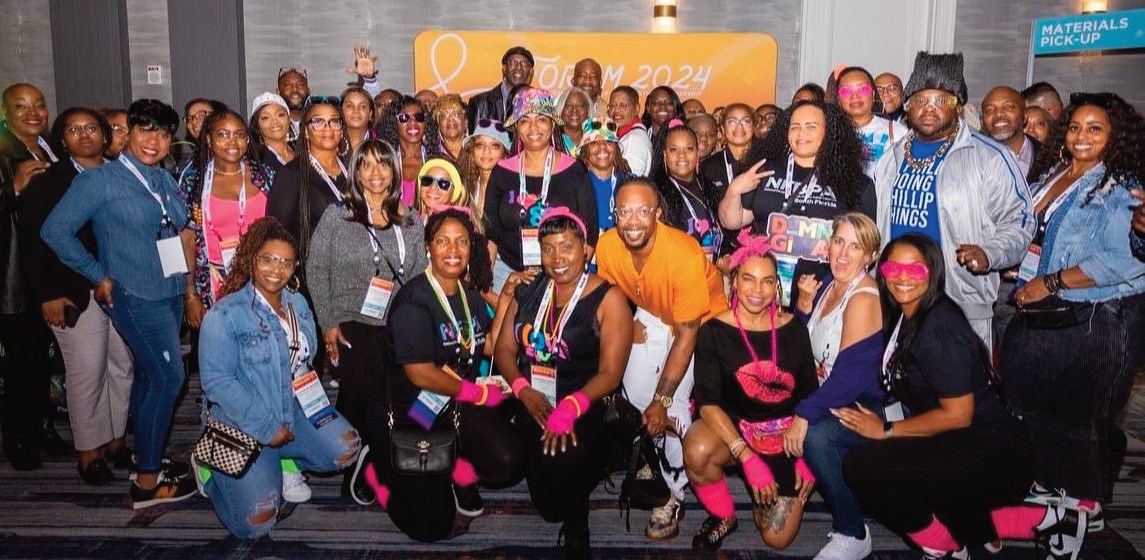
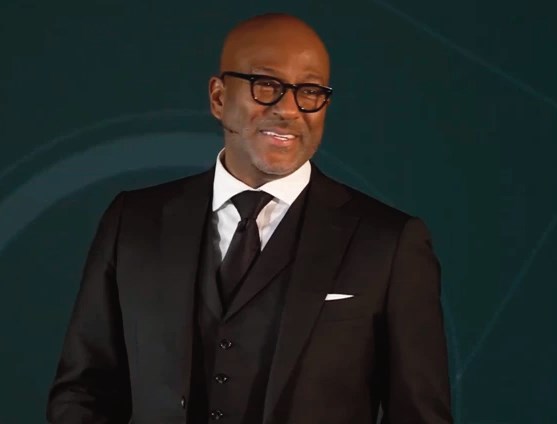



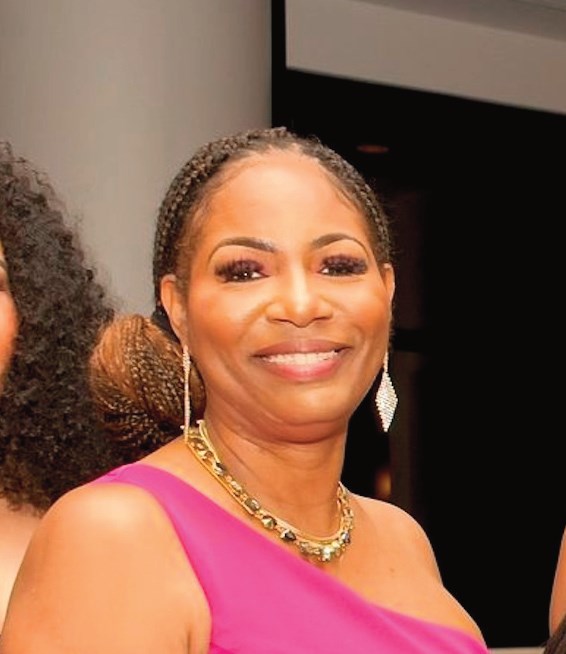

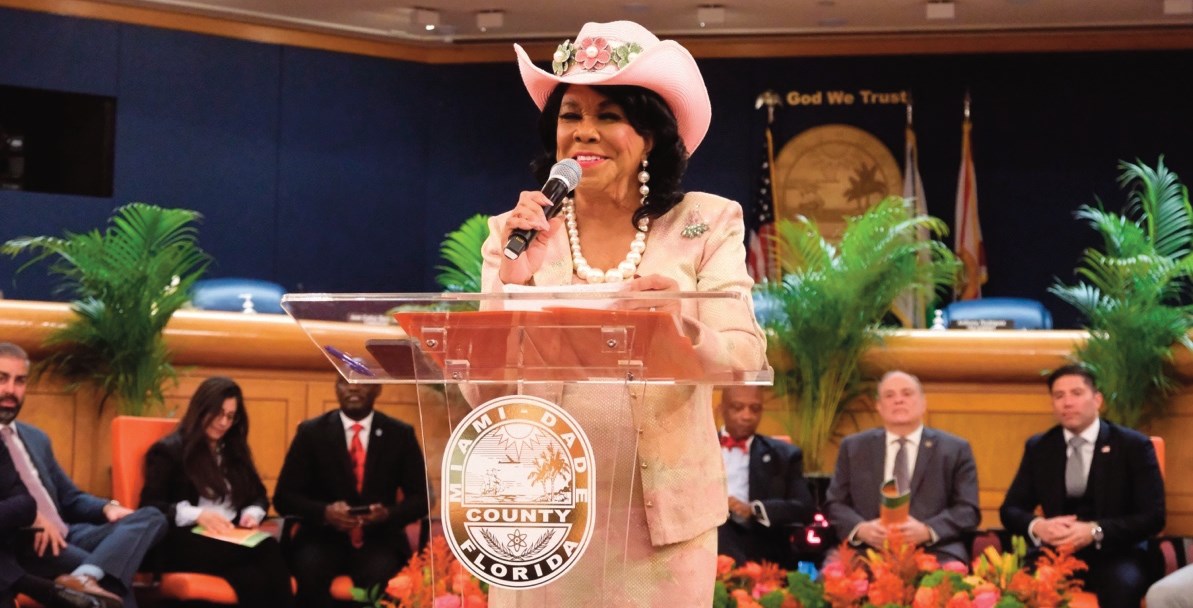

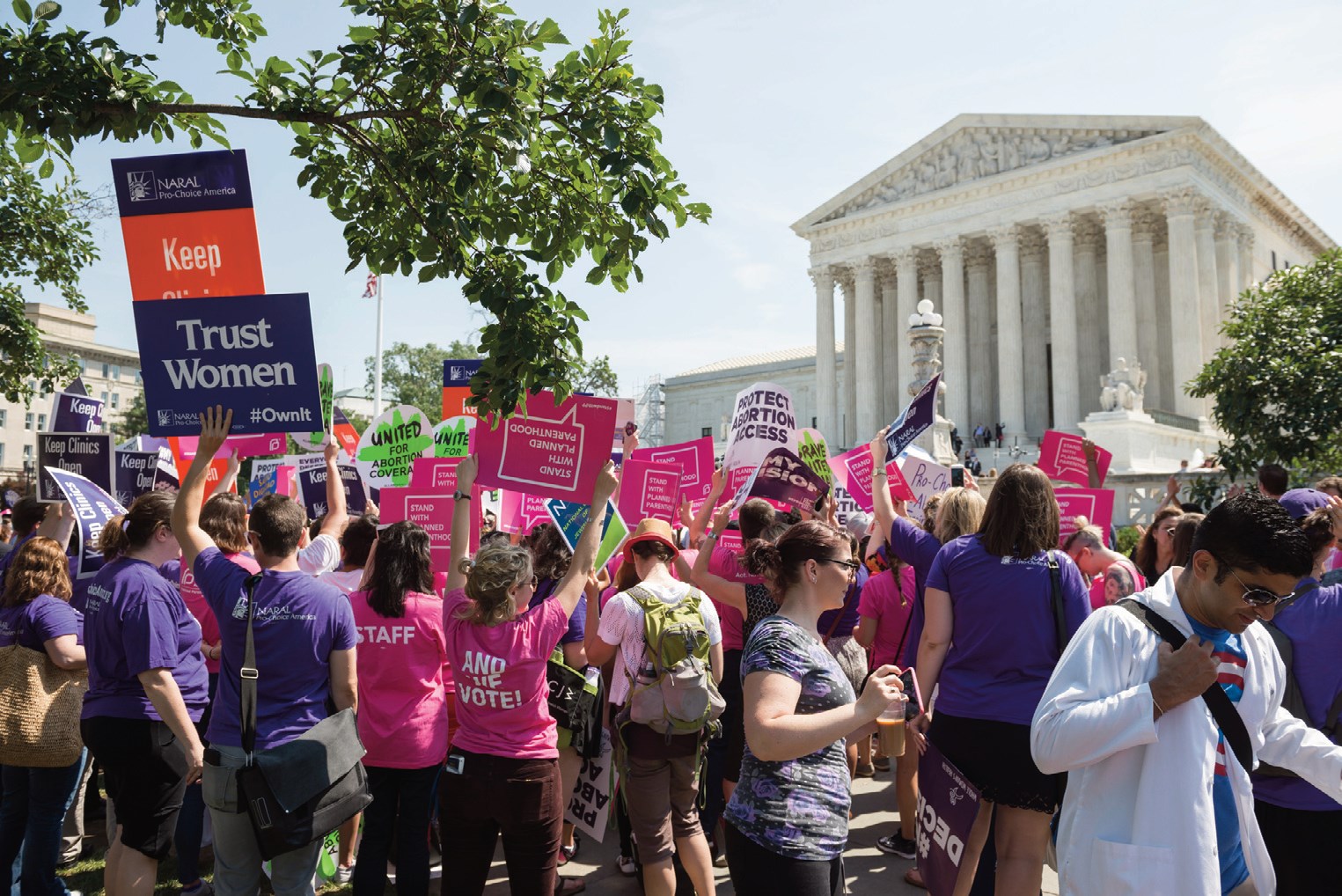
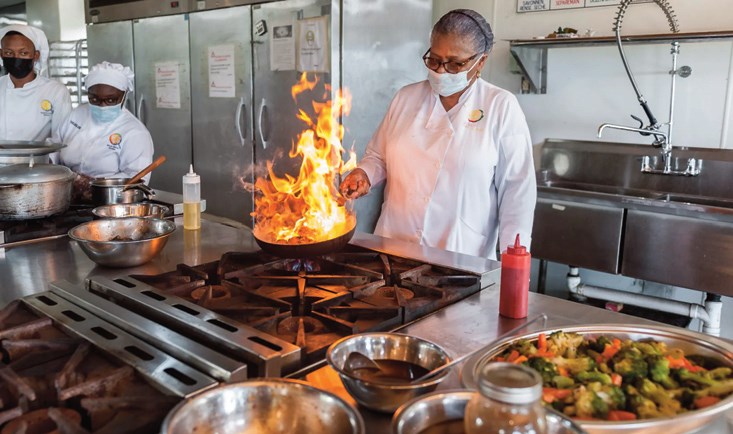
No Comment